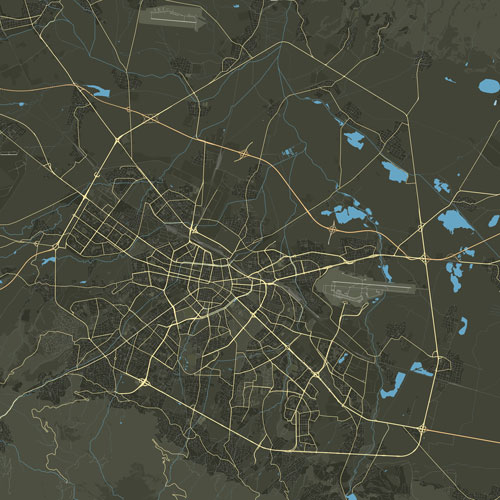The Balkans witnessed a transformative period as part of the expansive Roman Empire. The culmination of Thrace’s conquest occurred during the reign of the Roman Empire, marked by a significant campaign led by the esteemed Roman general Marcus Licinius Crassus between 29 and 27 BC. This pivotal conquest coincided with the ascension of the first Roman emperor, Octavian Augustus, to independent rule. Subsequently, the lands bordering the Danube succumbed to Roman authority, initially forming a military district or prefecture under the governance of the Macedonian province’s governor. This district primarily encompassed a narrow stretch along the southern bank of the Danube. By approximately 15 AD, the conquered territories were officially organized into a Roman province, denoted as Mysia.
In the northern reaches of Thracian territory, the lands extending eastward from the Yantra River to the Black Sea coast and the Danube’s mouth were entrusted to the allied kingdom of Odris. However, in AD 45, Emperor Claudius annexed these lands, incorporating them into the Roman province of Thrace.
The administrative landscape of the Roman Empire underwent significant reforms during the late 3rd and early 4th centuries under emperors Diocletian and Constantine the Great, resulting in temporary stabilization. Notably, administrative restructuring led to the proliferation of provinces, which were organized into larger administrative entities such as dioceses and prefectures. From the original two Mysias (Upper and Lower), five new provinces emerged, while the former Thrace province gave rise to four distinct provinces.
A landmark initiative by Constantine the Great was the relocation of the empire’s capital from Rome to Byzantium, situated along the Bosphorus and subsequently renamed Constantinople in his honor. This monumental shift had profound implications for the Thracian provinces, which found themselves in close proximity to the burgeoning capital. The proximity facilitated a temporary economic resurgence and prompted heightened defensive measures against impending barbarian incursions.
In 313, Constantine issued the Edict of Milan, decreeing Christianity as the official religion of the Roman Empire. This pivotal decree heralded the rise of Christianity as the dominant faith within the empire during the 4th century, profoundly influencing the religious landscape of Thracian territories and beyond.

